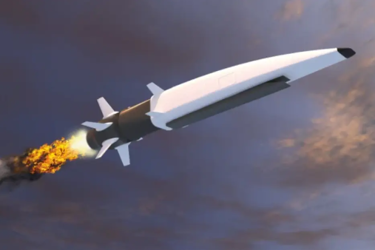High Reliability For High Stakes: Electronics Components Powering Hypersonic Missiles

As countries around the world continue to work on more sophisticated ways to conduct military missions – including weaponry that can reach intended targets quicker with even greater accuracy while remaining virtually undetectable – aerospace and defense companies are pushing the missile speed boundaries.
Military aircraft and weaponry today are capable of traveling at supersonic speeds and are even entering hypersonic speed territory.
When creating missiles designed to travel at Mach 5, which is nearly 4,000 mph or about a mile per second, engineers face new challenges for developing the embedded electronics on missiles. Components used inside these missiles must withstand extraordinarily harsh conditions including intense shock and vibration, temperatures approaching 2,000° F, and extreme pressure from G forces during acceleration. In addition, to ensure real-time precision at these high speeds, the missiles must maintain precise communications to allow the on-board systems to adjust to changing conditions.

Because hypersonic missiles have a completely different flight path than other missile types – these missiles exploit the curvature of the Earth to avoid ground-based radar tracking yet travel low enough to be missed by infrared – new detection satellites must be developed as well. Hypersonic weapons detection systems using high selectivity and low loss RF filters are necessary.
At Knowles, we thrive on creating specialty components for the most extreme conditions and challenging applications.For example, we have provided components for electronic subassemblies that operate below the Earth’s surface at temperatures exceeding 230°C and we have supplied high-performance, high-reliability RF filter assemblies for numerous Mars missions, creating components for re-entry vehicles that must survive the “seven minutes of terror” as the lander makes its way to the planet’s surface. We also offer a wide range of high-reliability filtering options for satellite communications products from the C band to the Ka band.
To learn more about the reality of using embedded electronics for hypersonic missiles and detection systems, read our full article in Mobility Engineering. Or, if you’d like to discuss how Knowles can help with your next aerospace application, contact us.
